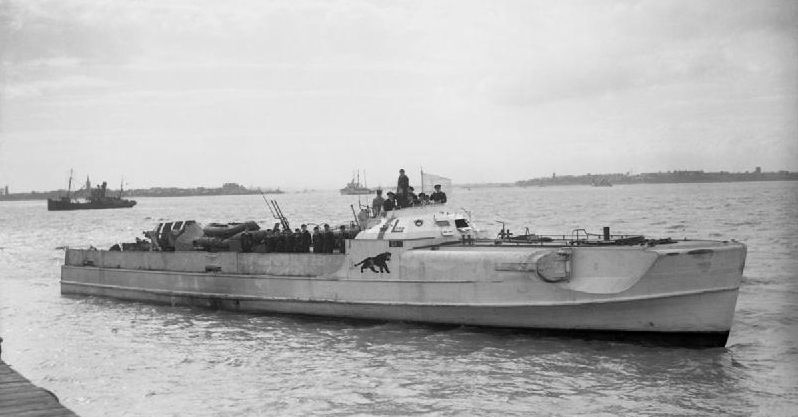
|
E-102 Schnellboot
 Russia Russia
|
Max Depth: 36-40ft/11-12m
Entry Type: Boat
Aquatic Life: Might See Something
|
|
|


|
|
E-102 Schnellboot is a boat accessible fresh water dive site, located in Russia. The maximum depth is 36-40ft/11-12m.
E-boat was the Western Allies’ designation for the fast attack craft (German: Schnellboot, or S-Boot, meaning "fast boat") of the Kriegsmarine during World War II. The most popular, the S-100 class, were very seaworthy,[1] heavily armed,[2] and fast – capable of sustaining 43.5 knots (80.6 km/h; 50.1 mph) and briefly accelerating to 48 knots (89 km/h; 55 mph).[3]
These craft were 35 metres (114’ 10") long and 5.1 metres (16’ 9"’) in beam.[4] Their diesel engine propulsion had substantially longer range (approximately 700 nautical miles) than the gasoline-fueled American PT boat and the generally similar British Motor Torpedo Boat (MTB).
In order to boost Axis naval strength in the Black Sea, the OKW ordered to the region the transfer of six S-boats of the 1st S-flotilla, the last to be released from action in the Baltic Sea before refit. The Romanian port of Constanța was elected as the S-flotilla’s headquarters. Transporting the six boats overland from Germany to Romania was an impressive logistical feat. The superstructure and all weapons were removed, leaving only the hull. After a long road journey of 60 hours, the boats arrived at Ingolstadt, where they were transferred back to water and towed towards Linz.[11] Upon reaching the Austrian city, the superstructure was rebuilt, then the journey continued down the Danube to Galați, where the main engines were installed. The S-boats then continued on their own power towards Constanța, where refitting was completed. Due in part to their roles in this process Germany sold at least 5 of the less powerful of these to Bulgaria and Romania, [12] the latter of which joined Romania’s captured Dutch TM52 MTBs.[13] The first two boats, S-26 and S-28, arrived in Constanța on 24 May 1942, the second pair, S-72 and S-102 on 3 June, and the final pair, S-27 and S-40 10 days later.[14] After the sinking of S-27 by a malfunctioning torpedo, four more reserve boats, S-47, S-49, S-51, S-52 were dispatched to the Black Sea, in order to replace boats undergoing maintenance.[15] S-28, S-72 and S-102 were soon relegated to the Constanța Shipyard for engine replacement, leaving only S-26 and the newly commissioned S-49 operational.[16] On 1 January 1944, the 1st S-flotilla numbered six operational boats: S-26, S-42, S-47, S-49, S-52 and S-79 while S-28, S-40, S-45 and S-51 were all out of commission, undergoing repair in Constanța. Three more boats were shipped down the Danube and were being reconstructed at Constanța.[17] On 1 June 1944, 8 boats were operational in Constanța: S-28, S-40, S-47, S-49, S-72, S-131, S-148 and S-149. The boats were however penned in harbor, due to fuel shortage. During July, S-26, S-28, S-40 and S-42 were transferred to Sulina at the mouth of the Danube, where S-42 was fitted with a new propeller. They were joined by S-72 in early August, the rest of the boats remaining in Constanța. On 19 August, S-26, S-40 and S-72 were destroyed in port by a Soviet air attack. On 22 August S-148 hit a mine and sank near Sulina, and on the following day, S-42, S-52 and S-131 were destroyed in Constanța by a soviet air attack.[18] What remained of the S-flotilla was disbanded after Romania switched sides on the same day.
S-102 carried a crew of twelve men whom experts believe went down with the vessel when it sank in 1943. Initial salvage has brought several small items, as well as the flak gun, to the surface. It is not known if the remains of the twelve sailors are still on board but until proven otherwise, this will be treated as a war grave. The wreck will be thoroughly researched by a team of military and expert researchers.
Sister ship S-204
